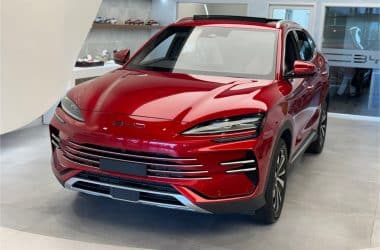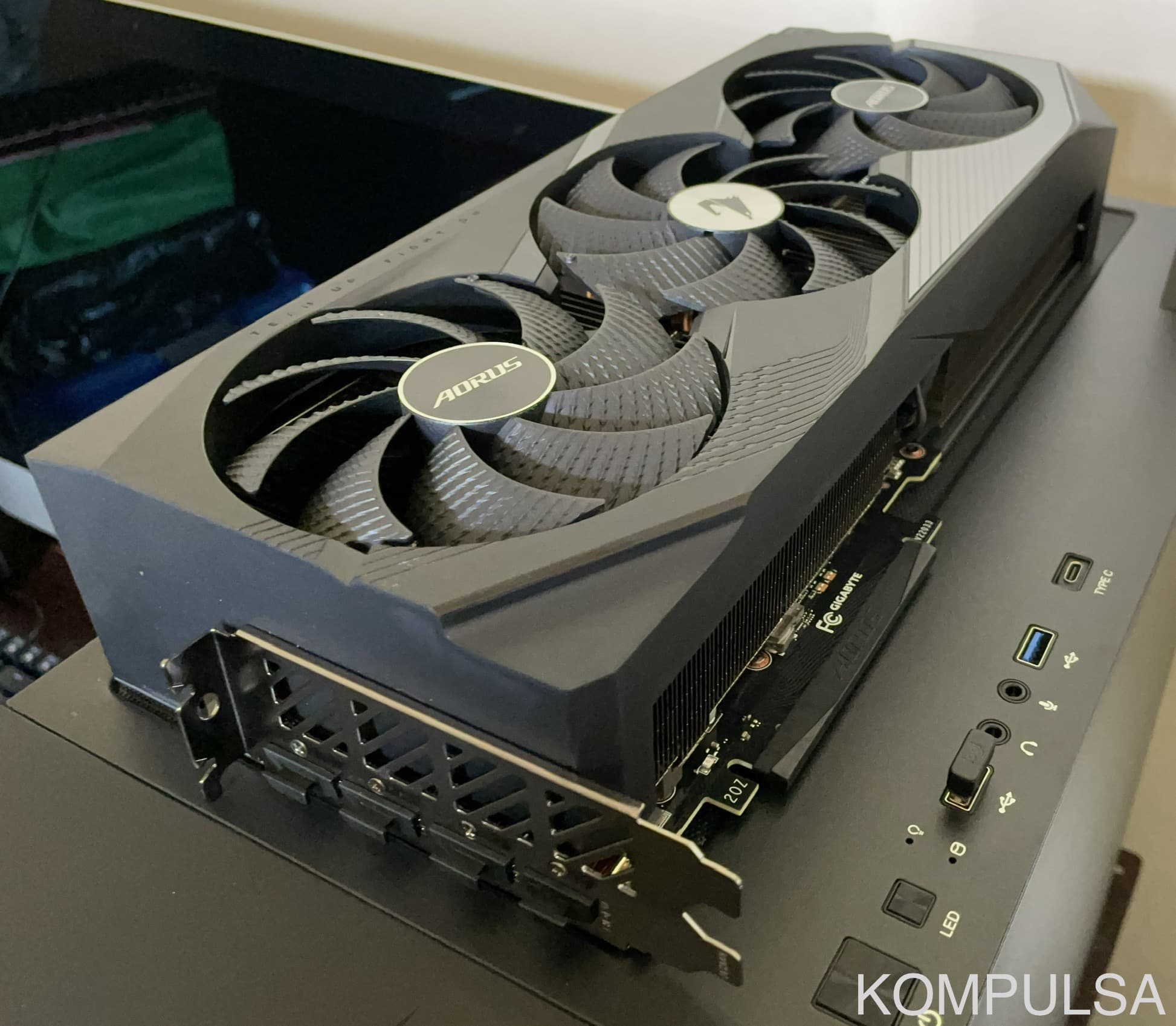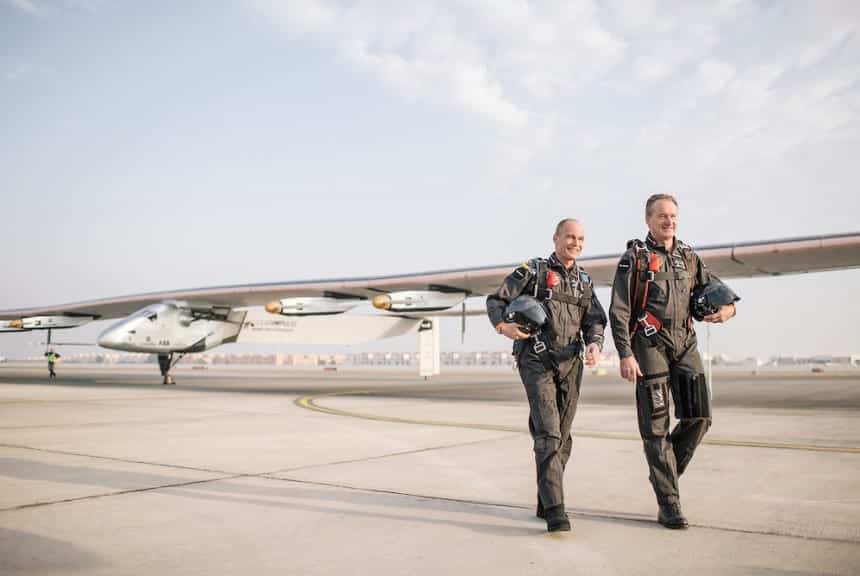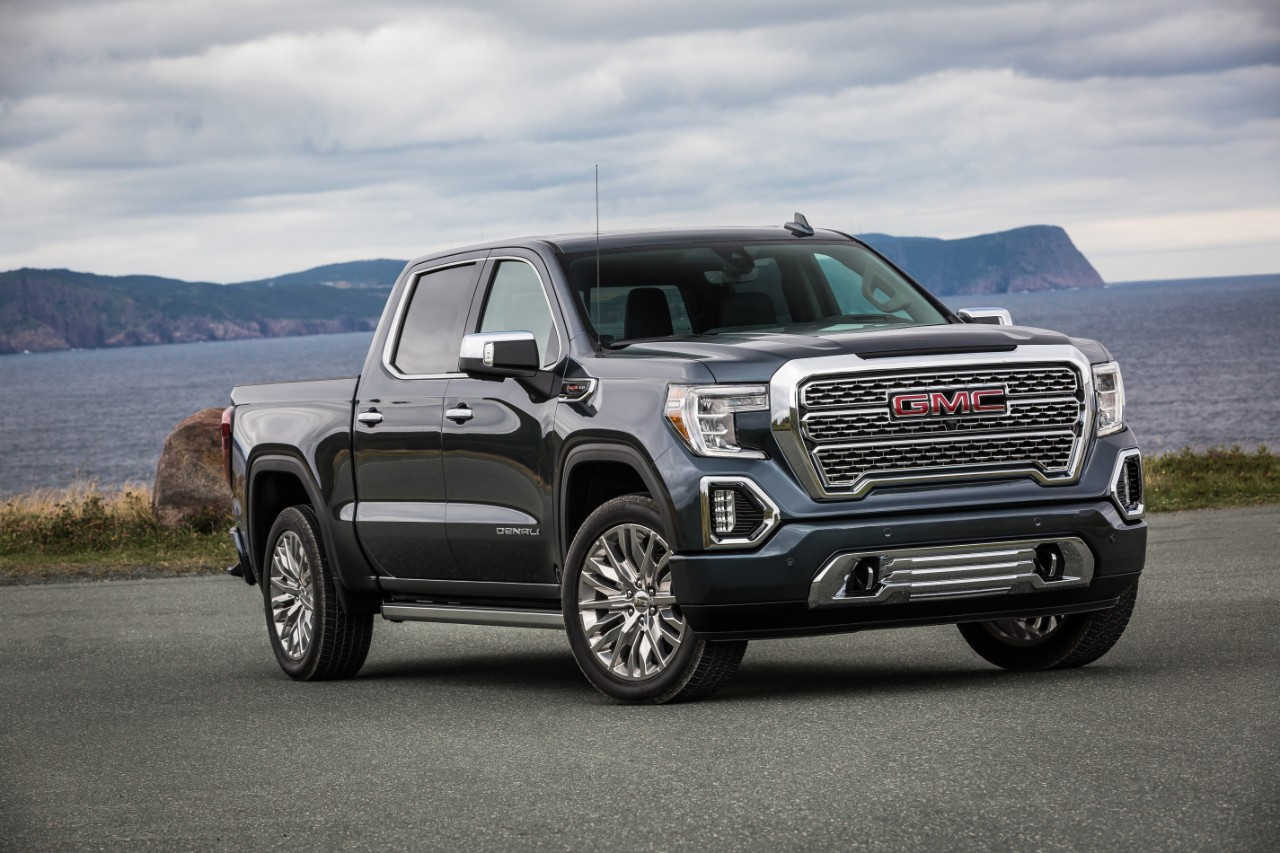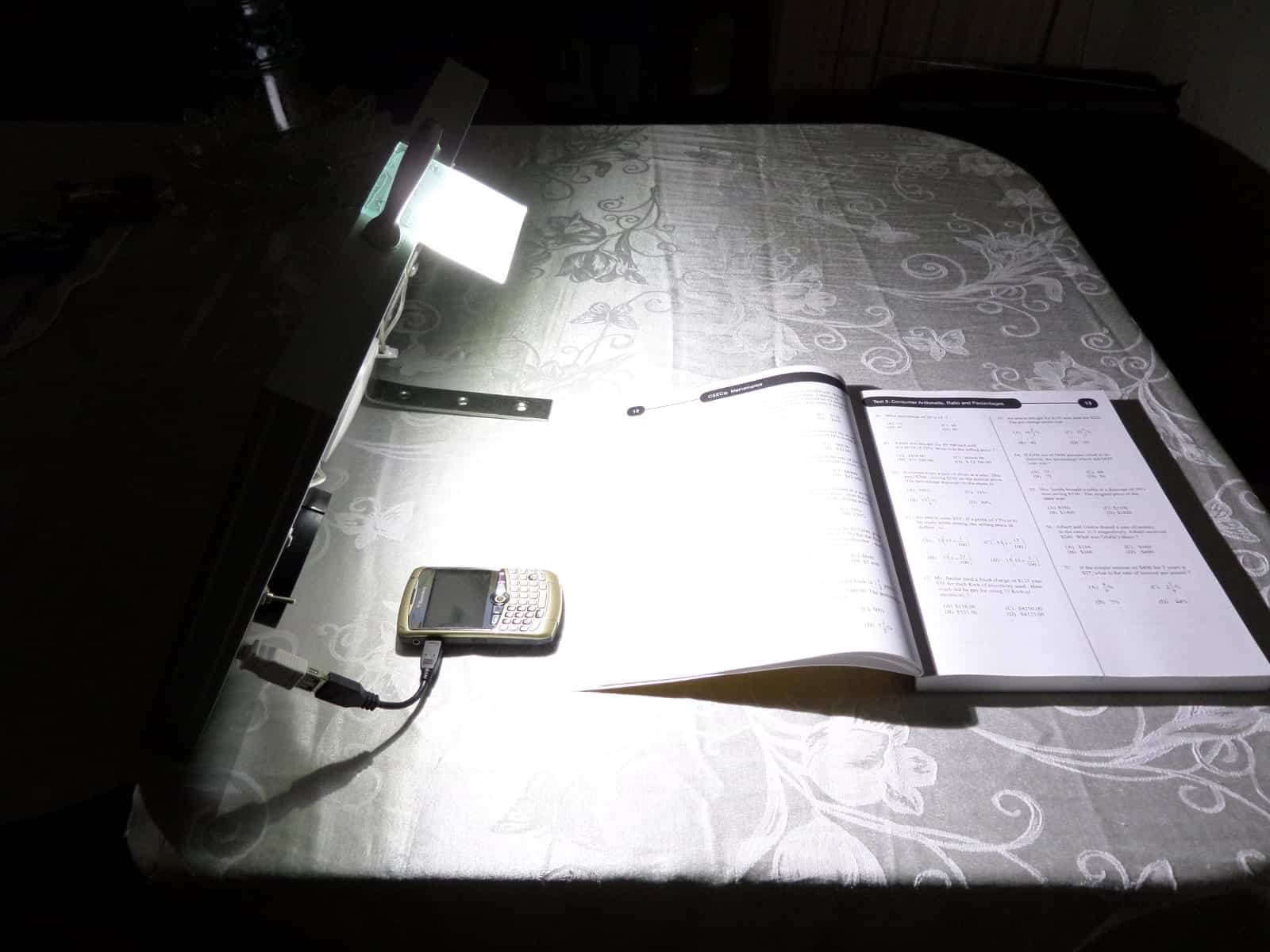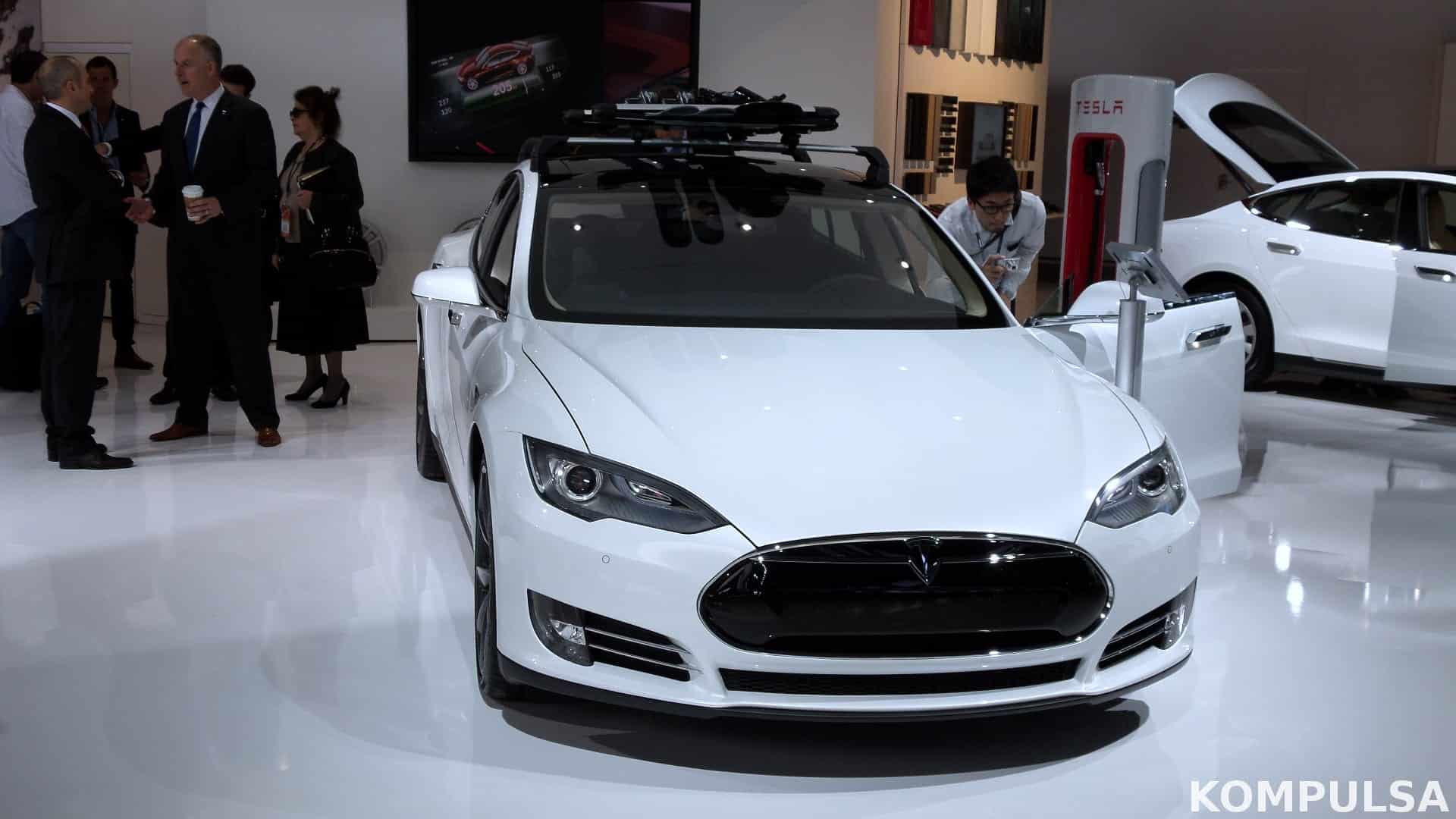The Solar Impulse 2 has completed the first leg of its Round-The-World flight from Abu Dhabi, United Arab Emirates. It aims to be the first plane to travel around the world on solar power only. It is now on its way to Ahmedabad, India. The 35,000 km (22,000 mile) Round-The-World trip is expected to last 25 days, as there will be stops.

‘The historic day has finally arrived. After months of intense preparation and collaboration with Masdar, Solar Impulse 2 is ready to embark on its attempt to circumnavigate the world using only the sun’s energy, demonstrating the power of clean technology. This journey is a moment of national pride for the United Arab Emirates, as Abu Dhabi helped the mission team prepare for success. Together, we inspired thousands of students and professionals across the country, and I’m confident that such community engagement initiatives will be replicated across the globe, capturing the hearts and imaginations of the world and reaching our collective goal of a cleaner future’, said His Excellency Dr. Sultan Al Jaber.
Innovations that may help to get the Solar Impulse through this trip include a very light weight a little over that of a typical car, and a whopping wingspan of 71.9 metres (236 feet). The large wings provide a surface for many solar panels, augmenting power production. This plane needs as much power as it can get to achieve this ambitious project. It also needs adequate battery capacity to power it through the night. More specifically: The best batteries. The 633 kg (2,077 pounds) lithium-ion batteries achieve a high gravimetric energy density of 260 Wh/kg. This means that 1 kg of these batteries can store 260 Wh of energy. This means that this battery pack can store 164.5 kWh of energy. Most lithium-ion batteries are in the low 100 Wh/kg range.
Bear in mind that a high energy density does not translate to speedy performance. A high gravimetric power density is required to do that (power is the rate at which work is done, and energy is the capacity of a physical system to do work). At the moment, manufacturers typically have to choose between batteries which have a high energy density which can achieve long range, and batteries which have a high power density. The latter would enable the plane to get to its destination faster. Unfortunately, you can’t have your cake and eat it too. At least, not yet.
Flying Around The World On Sunlight Isn’t Easy
The Solar Impulse 2 is an electric solar-powered plane built for long distance flights. Its wings are covered with solar panels and it is equipped with four electric fans. This is not a passenger plane, as it only has one seat, but it is a step in the right direction. Why? Everything has to start small. The Wright brothers didn’t start out by flying a passenger jet with hundreds of people in it.
People often criticize vehicles with solar panels mounted on them because solar panels have a poor power-to-size ratio compared to most generators. Their power-to-size ratio is poor, however, they compensate for that with their flat form factors and unique ability to be placed almost anywhere with no ill effect. It is easy to generate 180 watts of power per square metre of solar panels. This means that the roof and bonnet of a car could generate approximately 400 watts. Imagine what a plane could achieve!


